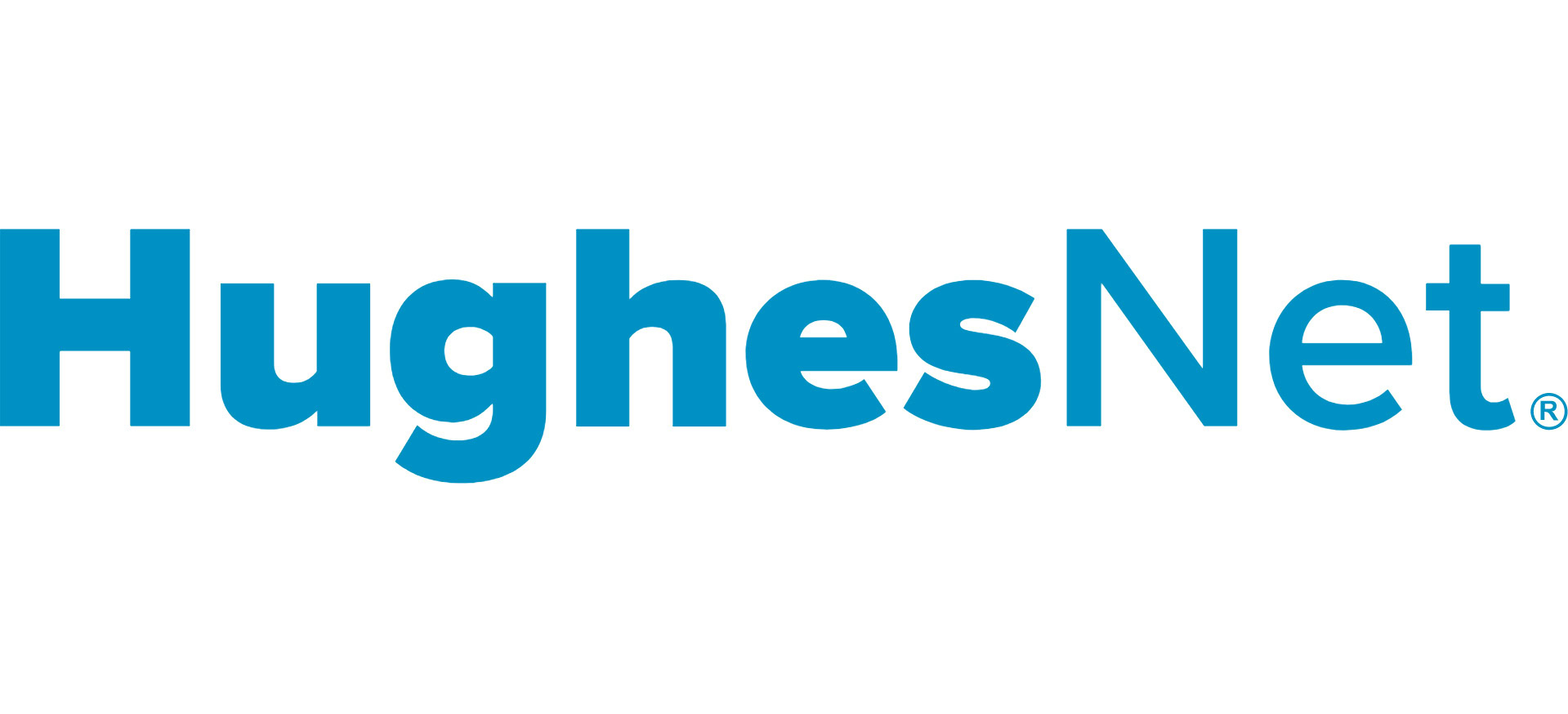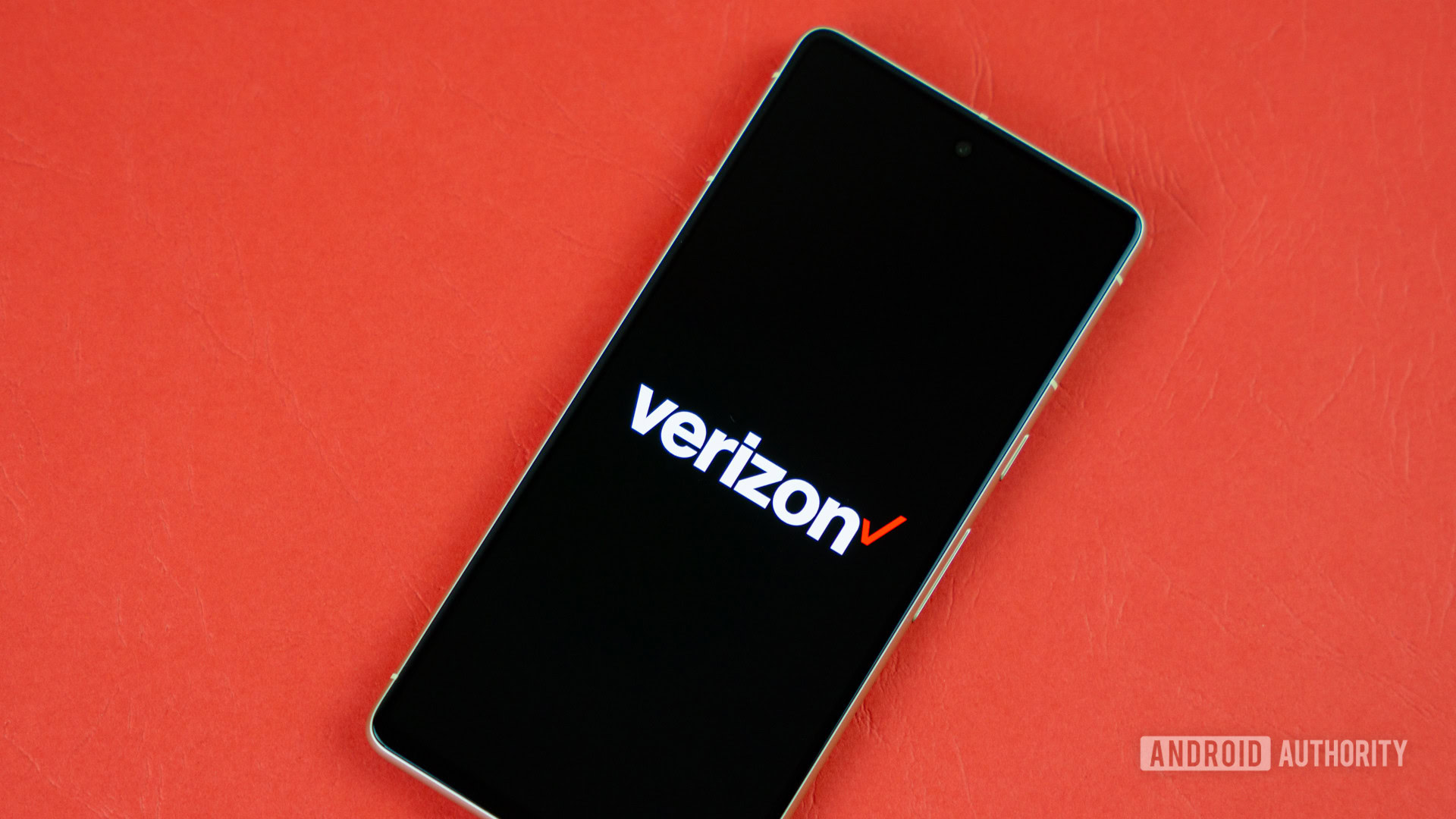Affiliate links on Android Authority may earn us a commission. Learn more.
How much do Starlink plans cost, and are they worth it?

Starlink’s Internet Constellation is one of the biggest breakthroughs in commercial satellite history. It brings nearly broadband-capable speeds and performance using a novel configuration of small satellites that work as a constellation while orbiting the Earth much lower than traditional satellites. It’s also available in many places you simply can’t get fiber, cable, or even DSL high-speed internet access.
How much do Starlink plans cost, and how do they compare with other rural/remote alternatives? Let’s jump right in.
How much do Starlink plans cost? Starlink plans and pricing at a glance
| Price | Equipment Fees | Speed | |
|---|---|---|---|
Starlink Residential | Price $120/monthly | Equipment Fees $599 | Speed 25-220Mbps |
Starlink Business | Price $140/monthly for 40GB $250/monthly for 1TB $500/monthly for 2TB | Equipment Fees $2,500 | Speed 100-220Mbps |
Starlink Roam | Price $150/monthly | Equipment Fees $599 | Speed 5-220Mbps |
Starlink Mobility | Price $250/monthly | Equipment Fees $2,500 | Speed 100-220Mbps |
As you can see in the chart, Starlink offers a variety of plans though most have very specific use cases. Regardless of the plan, you should see around 25-50ms latency typically. This is dramatically better than traditional satellite service, which has latency as high as 750ms.
Starlink Residential
This is the plan most home users will want — if they can get it. For the first few years of Starlink’s life, it was really hard to get on the list. These days, availability is much greater globally. Even in the US availability has improved, though at the cost of speed for pretty much every user in the cell.
Providing it is available; you’ll be expected to pay $599 for the actual dish and then $120 a month for the service. Based on my own experience with Starlink Residential, I’ve seen speeds between 50-220Mbps typically. In times of greater congestion, this can drop down to the 20-25Mbps range. On rare occasions, it can go above 220Mbps, but that’s mostly at times like 2 am in the morning. Be sure to check out Starlink’s availability map to see if you can currently get it in your area.
Starlink Business
Starlink Business is designed for business owners and therefore has slightly more priority than Residential. As a result, you can expect more consistent speeds, typically in the 100-220Mbps range. On rare occasions, you might even hit speeds a bit higher, say 300Mbps or so.
Starlink Business doesn’t come cheap. You’ll pay $250 a month plus a $2,500 equipment fee for just 1TB, though there is a cheaper $140 plan with just 40GB of data or the ultra costly $500/monthly 2TB tier. This plan is subject to similar availability constraints as the Residential and so there could be a waitlist depending on your region. Note that you actually can get this plan without paying the high equipment fee by signing up for Starlink Roam and then swapping over to Business within the app’s settings. You’ll get essentially the same performance right now as well.
Starlink Roam
In addition to having access to Starlink Residential, I also have Starlink Roam. While this service is designed for campers and others who only need online access sporadically, it can be used at home or really anywhere. Don’t need it anymore? It’s easy to pause and resume service.
Starlink Roam is subject to the highest level of deprioritization on Starlink’s network. Reportedly you’ll see speeds ranging from 5-220Mbps. At least for me here in mid-Missouri, I typically see speeds in the range of 10-60Mbps most of the time or as little as 4-10Mbps during the peaks. Speeds can dramatically range depending on where you live or are traveling. While speeds might not be the most consistent, the reality is that even its deprioritized speeds are often better than what many of us have access to in extremely remote parts of the US. Hughesnet and others advertise higher speeds, but horrible latency makes the service perform much worse.
With all that out of the way, you’ll pay $150 a month for the service as well as a $599 equipment charge. Want priority data for a project? You can easily turn it on, but it will cost you $2.00 per GB. Additionally, there’s a global plan that includes roaming everywhere in the world for $200 a month.
Starlink Mobility
Starlink Mobility is essentially a premium version of Roam, working anywhere in the world and giving you speeds that are closer to the 100-200Mbps range. Mobility is meant for buses, semi-trucks, and other vehicles where a more consistent experience is required. It would also work well for those who use an RV full-time.
As you can imagine, this premium service doesn’t come cheap. Starlink Mobility will set you back $250 a month with a $2,500 equipment fee. Even then, you might encounter a few Starlink problems. Thankfully, there are plenty of fixes for the issues you may encounter.
Starlink vs other satellite internet providers

If you can’t get traditional wired internet service, satellite internet is one of the best alternatives, as it works just about anywhere. There are certainly other satellite providers out there, but Starlink offers better speeds and latency than traditional satellite providers that use bigger satellites in a further orbit out in space. These services also have data caps, something Starlink originally planned to introduce, but for now, the service remains unlimited.
Here’s a brief rundown of the different plans from Starlink, Viasat, and Hughesnet.
| Data cap | Price | Equipment Fees | Speed | Latency | |
|---|---|---|---|---|---|
Starlink Residential | Data cap Unlimited | Price $120/monthly | Equipment Fees $599 | Speed 25-220Mbps | Latency 25-50ms |
Starlink Business | Data cap Unlimited | Price $250/monthly | Equipment Fees $2,500 | Speed 100-220Mbps | Latency 25-50ms |
Starlink Roam | Data cap Unlimited | Price $150/monthly | Equipment Fees $599 | Speed 5-220Mbps | Latency 25-50ms |
Starlink Mobility | Data cap Unlimited | Price $250/monthly | Equipment Fees $2,500 | Speed 100-220Mbps | Latency 25-50ms |
Hughesnet | Data cap 15-75GB | Price $65-$159.99/monthly | Equipment Fees $15/month lease fee for satellitle Up to $400 early termination fee | Speed 25Mbps 1-3Mbps after cap | Latency 714ms |
Viasat 25Mbps | Data cap 60GB | Price $50/monthly | Equipment Fees $10/monthly fee for sat rental | Speed 25Mbps 1-5Mbps after cap | Latency 672ms |
Viasat 30Mbps | Data cap 100GB | Price $70/monthly | Equipment Fees $10/monthly fee for sat rental | Speed 30Mbps 1-5Mbps after cap | Latency 672ms |
Viasat 40Mbps | Data cap 150GB | Price $100/monthly | Equipment Fees $10/monthly fee for sat rental | Speed 40Mbps 1-5Mbps after cap | Latency 672ms |
Viasat 50Mbps | Data cap 300-500GB | Price $150-200/monthly | Equipment Fees $10/monthly fee for sat rental | Speed 50Mbps 1-5Mbps after cap | Latency 672ms |
Although the competition can’t beat Starlink on speeds or data, some of Hughesnet and Viasat’s plans are cheaper. They also don’t require you to buy the equipment outright, opting for rental fees instead.
Probably the truly biggest advantage to the older satellite solutions is their availability in the US. There are still parts of the country that are on a waitlist for Starlink but can get service now with Viasat or Hughesnet. Even then, we’d recommend the Starlink Roam plan over regular satellite service. There’s no waitlist at all. As a former Hughesnet owner, I can confirm that Starlink Roam still typically performs better than traditional satellites. Sure, Roam can go as low as 5Mbps, but the better latency means it handles streaming and other tasks better.
Starlink vs 5G/LTE providers

For those close enough to cell towers, there’s another option, fixed wireless internet or a mobile hotspot that uses 4G or 5G technology. If you’re considering Starlink or satellite, odds are you aren’t in a market with 5G internet access. Typically these services are limited to cities and major metro areas. That leaves us with LTE. Unless you live in a very remote part of the country, there’s a solid chance you will get LTE access. Just be aware you’ll likely see less than typical speeds if you live in an area far from satellites or with a lot of obstructions.
For example, I live in the woods in central Missouri, not far from St Louis. I can’t get fixed internet access due to too many obstructions. However, I can use a hotspot with limited success. My Verizon hotspot tends to range 2-15Mbps here, while it can get 15-30Mbps in the nearest town. While that’s not great speed, it was still better for stuff that required decent latency, like streaming Netflix.
There are a ton of different regional LTE fixed internet options as well as tons of hotspot plans, so we can’t break it all down. We recommend checking out our guide to the best hotspot plans for mobile LTE. For fixed wireless, you’ll want to head over to Google and type something like “Fixed wireless near me”. Still, to help you understand what prices you might encounter, we’ve broken down T-Mobile and Verizon’s LTE fixed wireless below:
| Price | Data cap | Speed | Latency | |
|---|---|---|---|---|
Verizon LTE | Price $25-35/monthly | Data cap Unlimited | Speed 25-50Mbps | Latency Sub-100ms |
T-Mobile LTE | Price $30/monthly | Data cap Unlimited | Speed 25-50Mbps | Latency Sub-100ms |
As you can see, speeds and pricing are pretty similar between T-Mobile and Verizon. While Starlink has faster speeds and better latency in most situations, it’s also a lot less consistent. Even more importantly, you can get fixed LTE wireless for a fraction of what Starlink plans cost. Looking at a few regional carriers across the US, I found similar pricing and speeds, with the average cost around $40-$50. Head to T-Mobile to see if their fixed wireless is available in your area, or to Verizon to check for Big Red availability in your area.
Ultimately, Starlink plans are going to cost more but also be faster than all of these other options. LTE will certainly come the closest, but it depends on how close you live to a city or a larger town. It’s also going to cost you much more. As always, you’ll want to weigh your options before picking out a new internet service provider.